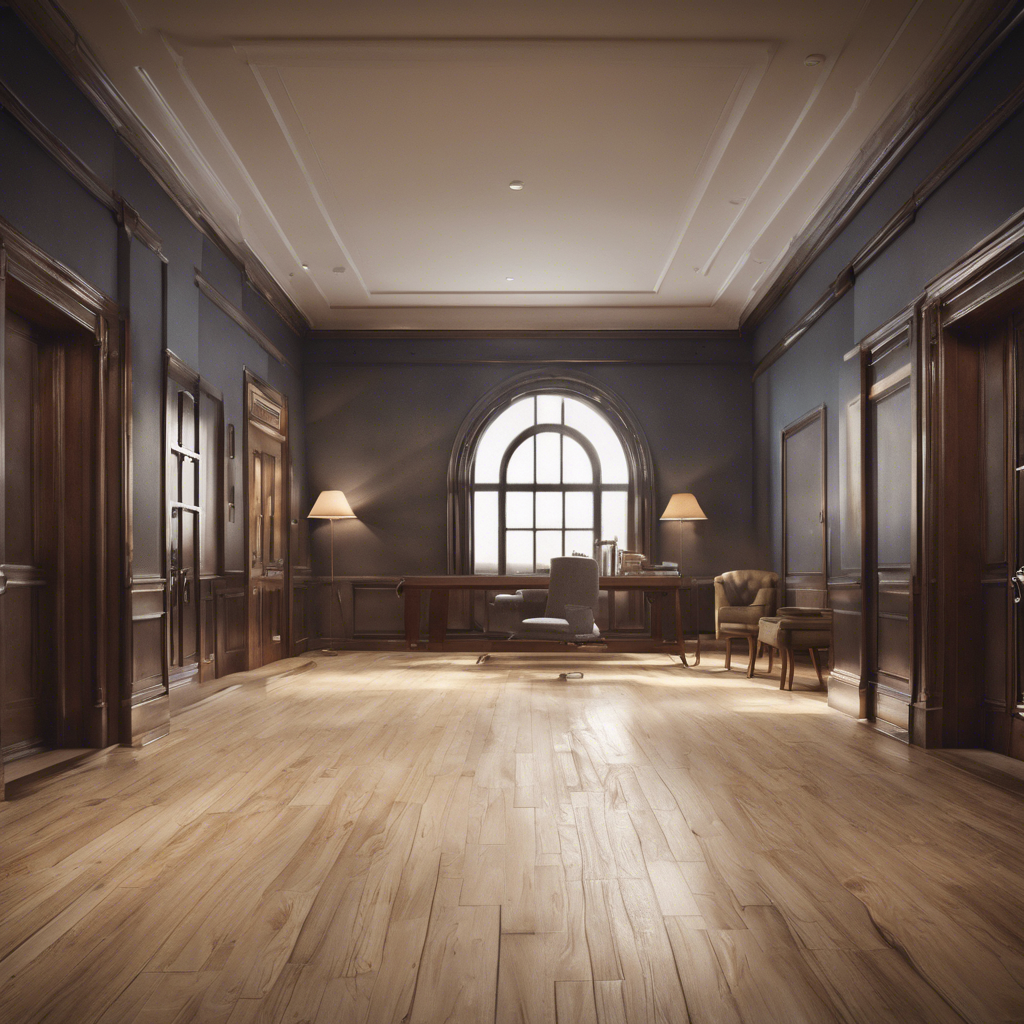Unveiling the Importance of Subfloor Thickness: A Guide for Home Improvement Enthusiasts
- VINAWOOD GROUP
- Jul 5, 2024
- 3 min read
Updated: Jul 9, 2024
For anyone delving into the realm of home renovation or construction, understanding the significance of subfloor thickness is pivotal. The subfloor, often overshadowed by more visible components of a home, plays a crucial role in ensuring structural integrity and longevity. In this listicle, we explore the nuances of subfloor thickness, shedding light on its impact and considerations for your next project.
> Get more details:
1. Defining Subfloor Thickness

Before delving into the complexities, let's start with the basics. Subfloor thickness refers to the measurement of the material that sits directly beneath your finished flooring. It acts as a foundational layer that provides support, stability, and insulation to your floor structure. The thickness of the subfloor can vary depending on factors such as the type of flooring, joist spacing, and building codes.
> Read more: plywood sizes, 3/4 plywood, 4x8 plywood, 1/2 plywood, 5/8 plywood, 1/4 plywood
2. Impact on Structural Stability
The thickness of the subfloor directly influences the structural integrity of your floors. Opting for an inadequate thickness may result in issues such as sagging floors, squeaks, and an overall lack of support. By ensuring the right subfloor thickness, you not only enhance the longevity of your flooring but also prevent potential damages and hazards in the future.
> Discover more: furniture grade plywood, plywood underlayment, shuttering plywood, concrete forming plywood
3. Considerations for Subfloor Thickness

When determining the appropriate subfloor thickness for your project, several factors come into play. Consider the following:
Flooring Type : Different flooring materials require varying levels of support, influencing the ideal subfloor thickness.
Joist Spacing : The distance between floor joists dictates the necessary thickness to adequately support the flooring.
Building Codes : Local building codes often stipulate minimum requirements for subfloor thickness to ensure compliance and safety.
> Learn more: types of wood, Types Of Plywood, marine plywood, birch plywood, MDO plywood, hdo plywood
4. Enhancing Insulation and Soundproofing
Apart from structural support, subfloor thickness plays a vital role in insulation and soundproofing within your living space. A thicker subfloor helps regulate indoor temperatures, improve energy efficiency, and reduce noise transmission between floors. Investing in the right subfloor thickness can significantly enhance the comfort and ambiance of your home.
> Read more: laminate flooring, hardwood flooring, baltic birch plywood, maple plywood, ACX plywood, BBOES plywood
5. Balancing Cost and Quality
While opting for a thicker subfloor offers numerous benefits, it's essential to strike a balance between cost and quality. Thicker subfloors typically come at a higher price point, so evaluating your budget alongside your desired outcomes is crucial. Consulting with professionals can help determine the most cost-effective yet efficient solution for your project.
> Explore further: MDF vs Plywood, Particle Board vs Plywood, OSB and Plywood, plywood ceiling
Conclusion
In the realm of home improvement, the significance of subfloor thickness cannot be overstated. A well-constructed subfloor sets the foundation for a durable, comfortable living space, enhancing the overall quality of your home. By understanding the impact and considerations surrounding subfloor thickness, you equip yourself with the knowledge needed to make informed decisions and elevate your next renovation project.
Whether you're embarking on a new construction or renovating an existing space, let subfloor thickness be the unsung hero that ensures your floors stand the test of time.
Remember, the key to a solid structure lies beneath your feet!
Unlock the potential of your home with the right subfloor thickness. Elevate your flooring experience and ensure lasting quality in every step.
Vietnam Plywood: Superior Quality, Exceptional Durability
> Learn more:



Comments